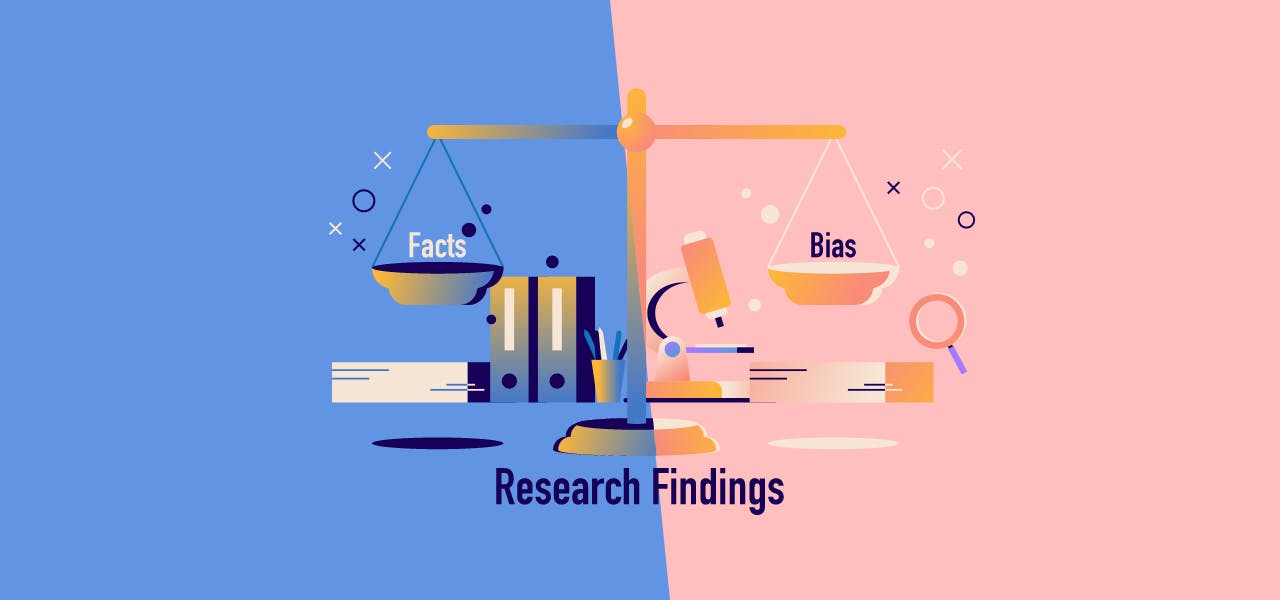Where do you go when you want answers that you can trust; verifiable solutions to questions that you don’t want to solve yourself? It’s obviously the academic landscape, whether you head to the library for your own hands-on evaluation of written research journals and books, or online to reputable publishing sites.
You, too, are part of this scholastic landscape. It’s the place we as a collective society know that we can trust for answers that aren’t biased or skewed. And you must continue this tradition so that the academic reputation remains intact. It sounds like common sense, but what happens when a researcher has a bias they don’t realize is there?
This is more prevalent than you might imagine because we are human, and humans have inherent biases from our environments and conditioning. When you present your research findings, you must go through every word and nuance to ensure there are no biases in your work. Bias, humanity, and scientific research don’t mix.
The Dangers of Unknown Bias
So you don’t think you’re guilty of bias, right? It’s a clear-cut question that becomes a lot more gray when you’re presented with moral dilemmas, like research on nuclear weapons, genocide, infanticide, and other topics that elicit strong emotions.
If you’ve been raised in an average society with a typical family and friends, your kneejerk reaction is likely to accuse all of these topics of being “bad,” and associate negative connotations with them. While that’s not necessarily a “wrong” way of looking at things, it is a biased way. To truly approach research without any emotional weight skewing your findings, you must be entirely neutral to the subject and its results.
How to Avoid Bias in Your Presentations
Now you can see the dangers of bias, and how you, too, could be an unwilling victim of producing research work with a bias skewing it. The next question is, “How can you avoid bias in your research and presentations?”
By understanding the types of biases that are out there, you can read over your work before sharing it with others and catch the hidden messages yourself. Here are some of the most common types of bias in publishing:
● Publication bias, the result of publishing or not publishing someone’s work because you agree or disagree with the findings rather than on the merits of the research alone (i.e., refusing to publish findings of nuclear warfare because you disagree with the idea of nuclear war)
● Time lag bias, the result of too speedily or slowly publishing or presenting research instead of going through the typical channels of verification in a normal way
● Duplicate publication bias, where a work is published twice or multiple times in different formats because of the alleged importance of the results
● Location bias, the decision to publish someone’s research in journals that have varying accessibility or indexing levels in order to make it easier for the work to be found and, therefore, cited
● Citation bias, the decision to cite or not cite someone’s work because you agree or disagree with the findings, the journal, or the author
● Language bias, preferring one language over another for publication of a document or choosing to publish in a particular language because of the findings
● Outcome reporting bias, choosing to report some outcomes and not others to purposely skew the solution in the favor of the preferred results
Any of these biases can occur when you’re putting together your research to present to your audience, particularly if you’re concerned that members of the audience may be offended or upset at the results. Be cautious about what you include, and ensure you use the factual data you found during your research with all opinions and objectivity out of your choices.
Impactio Can Help You Focus on the Facts
When you want to include data in your presentation that shows the impact your work made on an audience, it can be hard not to appear biased. It is, after all, your work, and you have every right to be proud. You don’t want to brag, though, so let’s just stick to the facts. This is easy to do when you use Impactio to find the data you’re going to report.
Impactio’s tools follow your published works, breaking down the citation indicators, h-index levels, and other metrics in quantitative and alternative views. It’s hard to argue with the facts, especially when your audience is full of researchers. Let Impactio do the bragging for you, and print your research results without bias by using the analytics tools on our platform.
